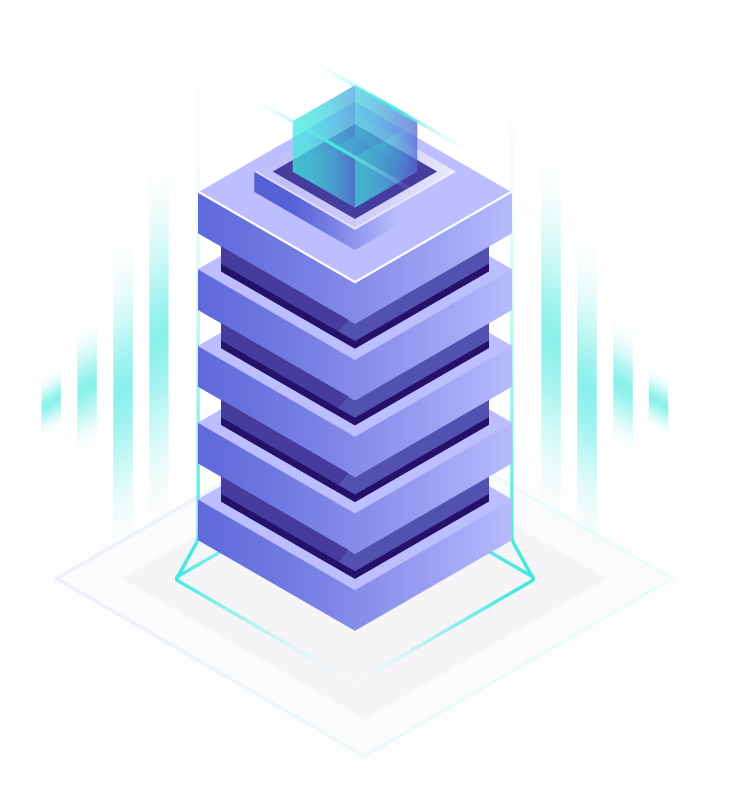

Papyrus Network supports high transaction throughput with fast transaction finality. Papyrus Network process more than 1000 transactions per second. 100x more transactions per second than in current Ethereum network. Layer 2 solutions based on Plasma extend scalability orders of magnitude beyond that

Thanks to its Proof-of-Authority consensus and absence of resrouce waste, Papyrus Network has very low transaction fees. Token stake-based resource management allow developers to plan their resource consumption in advance, allocate necessary token stake and work without further fees.

Papyrus Network is comprised of authority nodes operated by verified organizations, eligible for that according to network Constitution. Separation of power between network consumers and authority nodes ensures that nodes provide high quality service and reliability.
Instead of energy intensive Proof-of-Work we use fast and efficient Proof-of-Authority consensus, where fixed amount of network Authority Nodes are operated by eligible organisations. Sustainable network governance in the best interests of its consumers is ensured by adapting Constitution and separation of powers - Token Stakeholders and Authority Nodes both have certain influence on making decisions. As a result we eliminate resource waste inherent to Proof-of-Work and ensure reasonable transaction costs.
Instead of gas transaction fee model we implement token staking model to allocate network processing power and storage facilities. This model enable creation of great user friedly applications, where users should not care about trasnaction fees, and increase their potential for mass adoption. It also allow application developers to protect their business models against volatility of token price.


19.07 TWh / year (0.09% of world’s electricity consumption)
Negligible
Negligible
15
3900
1700
12s
0.5s
3s
Proof-of-Work
Delegated Proof-of-Stake
Proof-of-Authority
Gas
Token staking
Token staking
~ $0.13 USD per average transaction
~ $0.1 USD to reserve CPU for average transaction
< 0.001 USD
EVM/Solidity
WASM
EVM/Solidity
Very difficult for both app developers and users
Token staking significantly improves app developers and user experience
Token staking significantly improves app developers and user experience
Strongest community globally, estimated as 250 000 developers by ConsenSys
Growth stage, but much smaller than in Ethereum
Equal to Ethereum community, as network is fully compatible with Ethereum applications
Not guaranteed, network clogging can paralyze all applications (CryptoKitties case)
Ensured by having active and reserve block producers, staking-based resource allocation, lack of transparency on block producer operations increase risks
Ensured by having Authority Node eligibility criteria, staking-based resource allocation, separation of powers to token stakeholders and Authority Nodes
Community-driven, anonymous miners; in reality control of the network is very centralized and consolidated in the hands of few mining pools
Community-driven, Constitution, token holders approval voting for 21 active Block Producers; in reality control of the network is very centralized and consolidated by the group of Block Producers, some of them buy votes to be elected (plutocracy)
No individual or group gains too much control, governance have established Constitution and two independent branches - Token Stakeholders and Authority Nodes; Separation of powers and system of checks and balances ensures governance in the best interests of network consumers; Constitution is designed to avoid plutocracy and forbids paying for votes; Due to transparency and separation of powers it is very hard to obtain significant power by buying votes
51% PoW attack is expensive and economically not reasonable for large mining pools
21 Block Producers are incentivized to behave well to keep being elected by token holders; in reality they can manipulate the network if stakes would be high enough, that means that storage of highly valuable tokenized assets in EOS network is risky
Up to 47 Authority Nodes are all identified eligible organizations, which are elected by other existing Authority Nodes and may be vetoed by Token Stakeholders; Authority Nodes put their reputation and business at risk; At least half of Authority Nodes should be compromised to perform successful attack

Apply to run Authority Node in Papyrus Network and get revenue from reward tokens.
Apply for Authroity NodeDeploy permissioned network with own consortium of block validators and run enterprise applications with Papyrus Network features.
My business needs a custom blockchainDeploy your own brilliant decentralized application. Check why it make sense to migrate your project from Ethereum.
DocumentationWe are welcoming all contributors to support Papyrus Network development.
Github